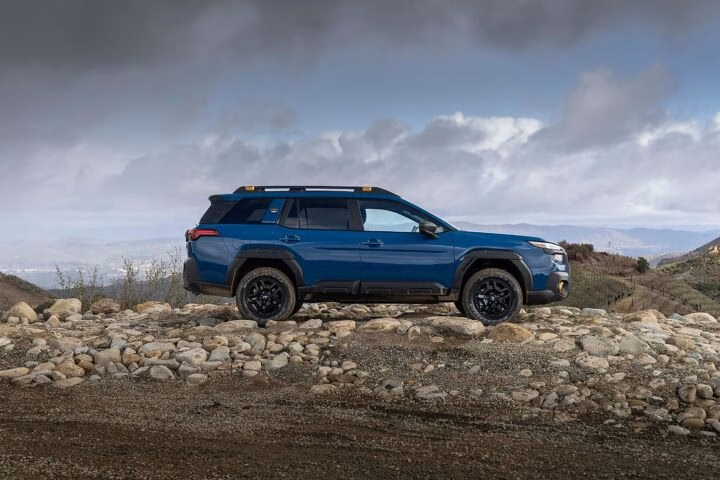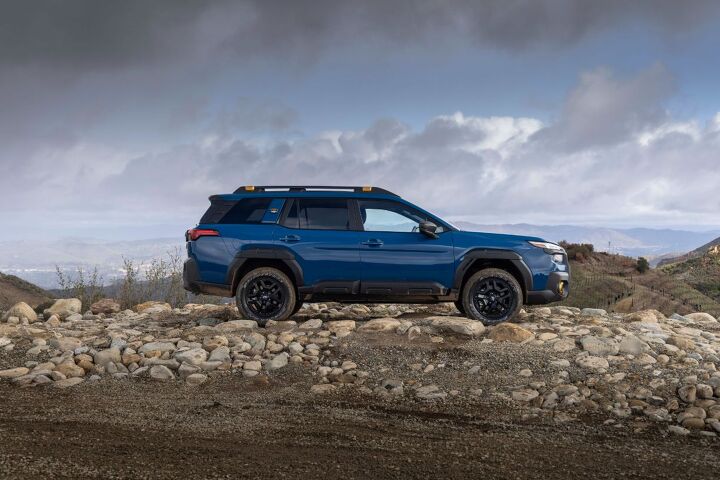Subaru is making waves in the automotive world, and it’s not just because of their rugged vehicles or loyal fanbase. Recent tariff taxes imposed in the U.S. have prompted the company to rethink its production strategies, particularly concerning their popular Outback model. Let’s dive into what this means for Subaru, its production facilities, and ultimately, you as a consumer.
How Are Tariffs Impacting Subaru’s Production Strategy?
With the current landscape of tariff taxes looming over American manufacturers, Subaru has decided to shift some of its production focus. The company is opting to send certain models to Canadian customers from Japan instead of relying solely on its Indiana plant in Lafayette. This strategic move could involve over 17,000 vehicles, which is significant considering that last year, more than a quarter of the 68,043 Subaru models sold in Canada were produced in Indiana.
This shift isn’t just a knee-jerk reaction; it’s a calculated decision to mitigate the financial impact of these tariffs. By sourcing vehicles from Japan, Subaru can avoid hefty fees that would otherwise inflate the prices of their cars in Canada. It’s a smart maneuver that allows them to maintain competitive pricing while navigating the complexities of international trade.
What’s Next for Subaru’s Lafayette Plant?
You might be wondering if this change means layoffs or reduced production at the Lafayette facility. Fortunately, that doesn’t seem to be the case. Subaru has indicated plans to fill the production gap with the Forester model later this year. This suggests that the company had a backup plan in place, even before tariffs became a hot topic in North America.
Moreover, Canada’s free-trade agreement with Japan allows Subaru to import Outback wagons without incurring additional tariffs. This means that Subaru can continue offering these vehicles at reasonable prices, avoiding a potential 25% tax that would significantly raise costs for consumers. The company aims to keep American imports into Canada at around 10%, which hints at a future influx of Forester crossovers coming from Japan as well.
Are Price Increases on the Horizon?
While Subaru is taking steps to manage production and pricing effectively, it’s important to note that not everything will remain unchanged. Tomohiro Kubota, Subaru’s CEO, has acknowledged that pricing adjustments are likely. The automotive industry is notoriously complex, and the ongoing shifts in tariffs and trade policies can create ripple effects that impact costs.
Currently, a 25% tariff applies to global vehicle imports entering the U.S., and in response, Canada has implemented similar measures on cars imported from America unless the manufacturer has a local presence. This back-and-forth can lead to unpredictable pricing for consumers, making it essential to stay informed about potential changes.
What Does This Mean for Consumers?
For Subaru enthusiasts and potential buyers, this shift in production strategy could have several implications. If you’re eyeing a new Outback or Forester, it’s wise to keep an ear to the ground regarding pricing and availability. While Subaru is working hard to keep costs manageable, the reality of tariffs means that some adjustments may be unavoidable.
In the grand scheme of things, Subaru’s proactive approach to navigating these challenges is commendable. They’re not just reacting to external pressures; they’re adapting their business model to ensure they can continue delivering quality vehicles to their customers.
The big takeaway? Navigating the automotive market isn’t about perfection—it’s about smarter adjustments. If you’re considering a Subaru, stay informed and be ready to act when the right opportunity arises. With a little patience and awareness, you might just find the perfect vehicle that fits your needs without breaking the bank.


